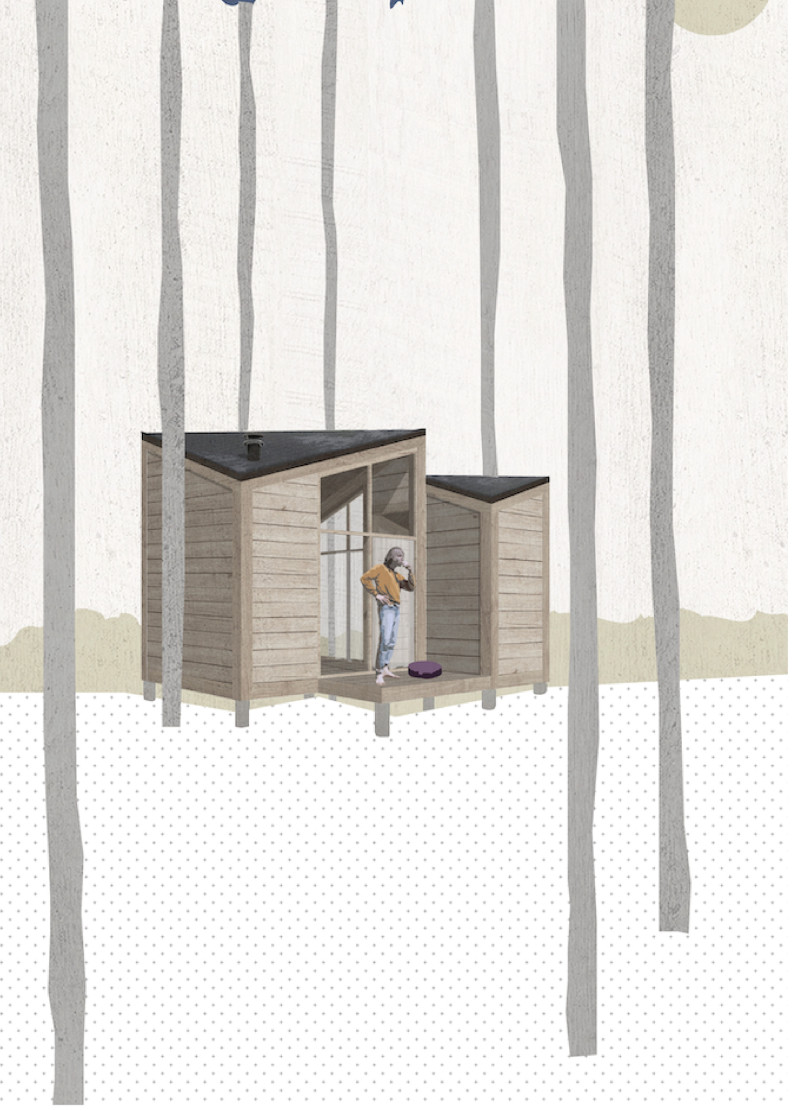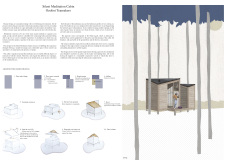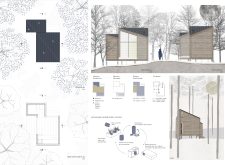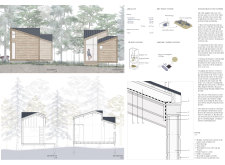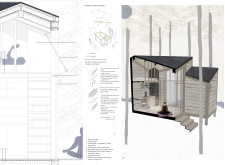5 key facts about this project
The architectural design is characterized by a strategic layout that maximizes the available space without compromising aesthetic appeal. Careful consideration has been given to how different areas within the project relate to one another and to the overall site. In doing so, the design encourages movement and engagement among users, ensuring that each section of the building serves a distinct purpose while remaining connected to the whole. This attention to circulation not only enhances the user experience but also promotes a sense of community within the confines of the project.
A notable aspect of the project's design is its materiality, which reflects a commitment to sustainability paired with contemporary construction practices. The use of locally sourced materials plays a key role in reducing the project's carbon footprint, while also lending an authentic touch to the architecture. Essential materials such as concrete, timber, steel, and glass are applied thoughtfully to create a cohesive aesthetic. For instance, the juxtaposition of natural timber against industrial concrete offers a dialogue that evokes both warmth and durability. Glass facades strategically placed throughout the building allow for ample natural light, further enhancing the internal climate and reducing reliance on artificial lighting.
In terms of unique design approaches, the project incorporates elements that are both functional and expressive. For example, green roofs and terraces integrated into the design serve not only as aesthetic features but also contribute to biodiversity and energy efficiency. This greenery not only softens the building's visual impact but also promotes environmental sustainability, aligning with contemporary architectural trends that prioritize ecological considerations.
The architectural impact of the project extends beyond its immediate footprint; the design acknowledges the site's context and interacts seamlessly with the surrounding landscape. Views are framed beautifully through strategic window placements, allowing occupants to experience the natural surroundings while inside. This connectivity with nature fosters well-being and encourages users to engage with the outdoor environment, further supporting the project's aim of enhancing community interaction.
Throughout the architectural plans, sections, and designs, one can observe a meticulous attention to detail. Every element, from the façade articulation to the choice of fixtures, has been considered to ensure that it not only fulfills functional needs but also contributes to the overall narrative of the architecture. Such thoughtful design choices reflect a deep understanding of the role of architecture in shaping social dynamics and enhancing the quality of life.
The essence of the project lies in its balanced approach to architectural design, which harmonizes form, function, and context. As visitors explore the intricacies of this project, they are encouraged to delve deeper into the accompanying architectural plans and sections that reveal the comprehensive thought process behind this endeavor. By examining these elements, one can gain a richer appreciation of the architectural ideas that underpin this thoughtfully designed structure, inviting further exploration of its many facets. The project embodies a commitment to creating spaces that not only meet the needs of their users but also contribute positively to their surroundings.


